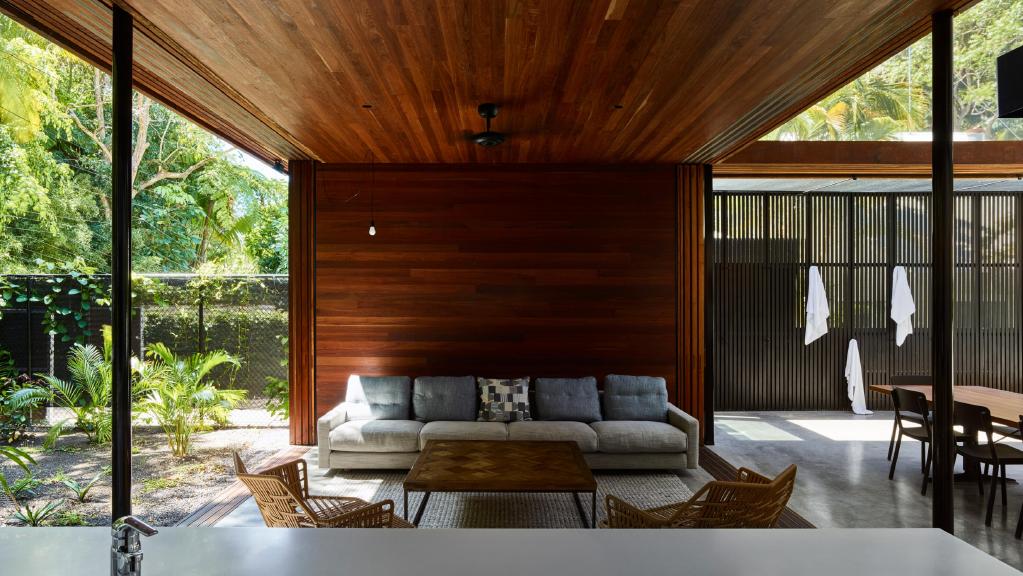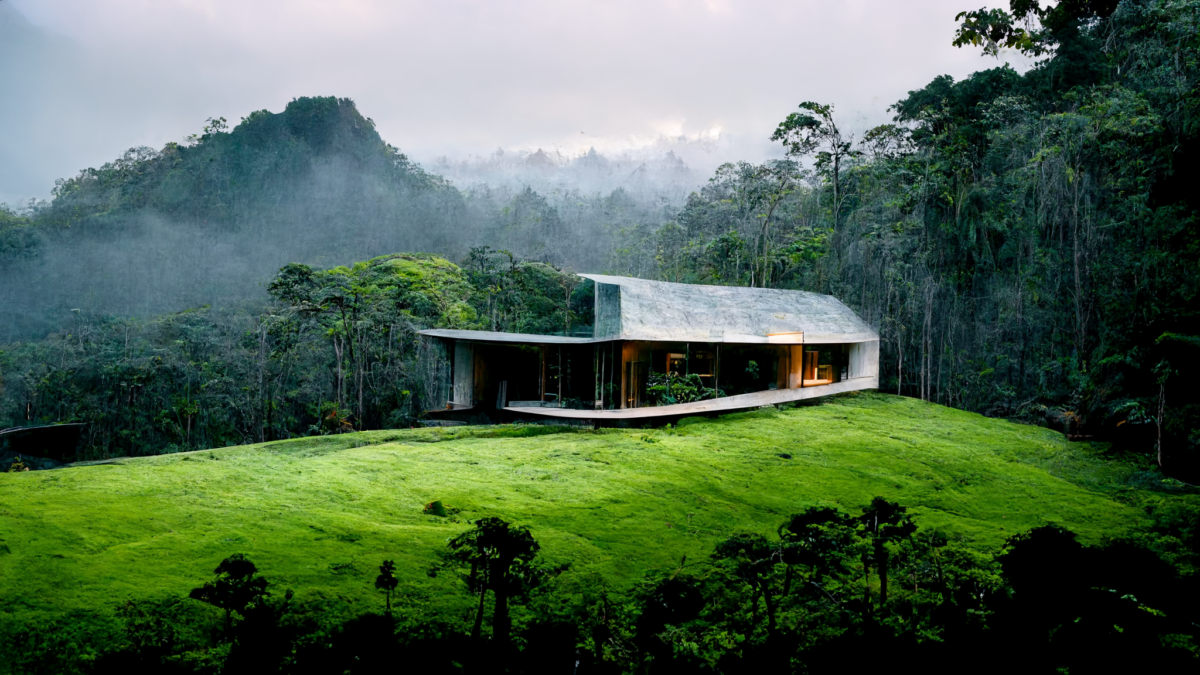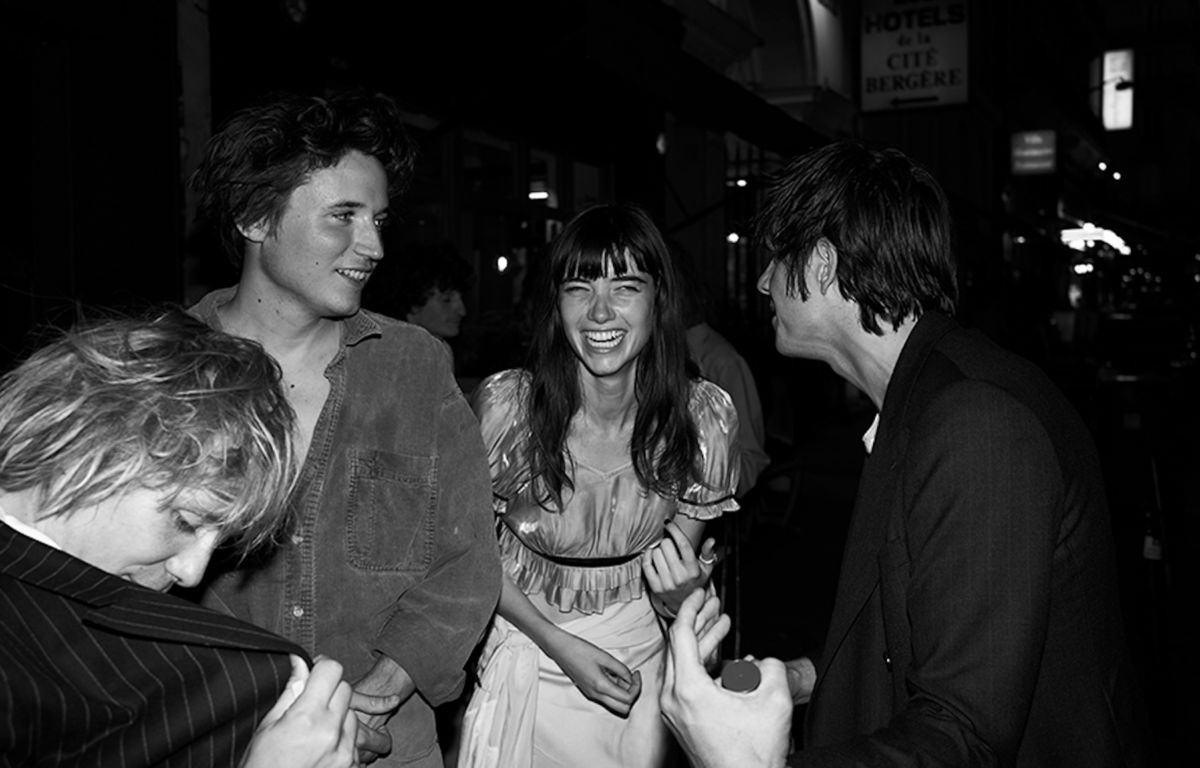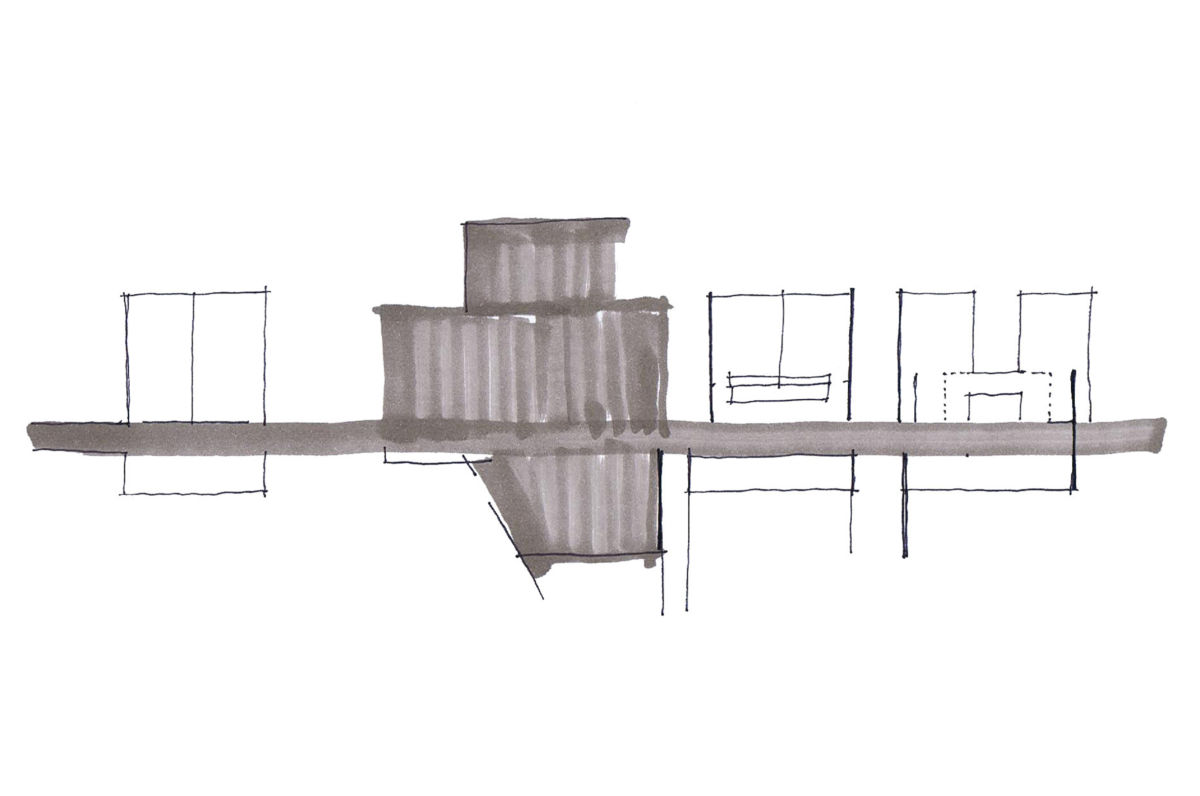Australian Architects and Architecture Blog by Bleuscape Design When approaching a new build whether it be a new home or the renovation of an existing one, have you ever considered, as the client, you are placing an ungodly amount...
Australian Architects and Architecture Blog by Bleuscape Design
When approaching a new build whether it be a new home or the renovation of an existing one, have you ever considered, as the client, you are placing an ungodly amount of trust and money into the hands of someone who barely knows you?
This statement is something I’ve pondered for some time.
Typical Scenario.
Client researches designer. Makes contact and organises an initial meeting. Designer gathers information and presents his or her initial ideas.What is wrong with this picture?
Whoever you choose to work on your home, whether they be an industry leader or an emerging firm, all are subject to the limitations associated with time.
When I refer to ‘time’ I am referring to the timeframes needed to understand you the client implicitly.
This is a very real issue!
The ever-present pressures aligned with delivering a ‘client design brief’ within a short series of meetings are at best shallow. They result in a set of loose parameters that are more about room labels than anything beyond.
Here in lies the problem.
Almost every design professional will default to his or her own spatial and materialistic bias due to the lack of really knowing the client and their circumstance.
I am NOT saying that this is the fault of the client nor the designer but rather a floor in the system directly connected with the nature of home procurement.
Here at Bleuscape, I have personally faced this conundrum many times. When putting pen to paper, I have often felt that I am designing based on what I would like to live in rather than from a position of really knowing who I am designing for. It is not because this is a conscious choice, I simply don’t know the client.
Truth be told, due to the timeframes linked with this situation; it would be arrogant of me to think that I ever could deliver something intrinsically relevant that is based on a lifetime of memories, habits, and idiosyncrasies that I have not been privy too.
I feel this is why we see architects and designers across the board producing bodies of work that reflect ‘brand.’ Their efforts manifest as a series of built buildings based on their personal precedent of past work.
The nature of brand places an onus on the consistency of things. There is an emphasis on the development of ubiquitous similarities that produce a recognizable product.
I believe that when brand becomes identifiable in a body of work the homes and buildings that result become more about the designer's notion of relevance rather than a reflection of the client's sense of individuality.
The issue is clearly time itself.
What if coming up with an appropriate design brief is not the issue?
What if our buildings had the ability to educate us about optimal living without compromising liveability?
Possible solution.
If there is integrated into the structure, a high degree of adjustment, then as the occupants experience the spaces over time, the natural environment (solar-passive design), would effectively allow for a knowledge of the location to inform the best way of living. Therefore, it is through discovery that the clients understand how best to use their spaces. This would take the onus off a design brief that ticks certain boxes to achieve its relevance. The client would then be empowered to become the authority on how best their home is used.
Mitti Street House by James Russell Architect
Much of what we live in relies solely on mechanical means to achieve levels of comfort, yet when we go on holiday, we will often gravitate to places and spaces that allow for the natural environment to impact our senses. i.e. the ocean or the bush.
Wouldn't it be amazing if when it comes time to sell, the value of a property was not determined by room labels, but rather the quality of imparted spatial wisdom gained by the seller over their time in the home. Wouldn't that be something!












